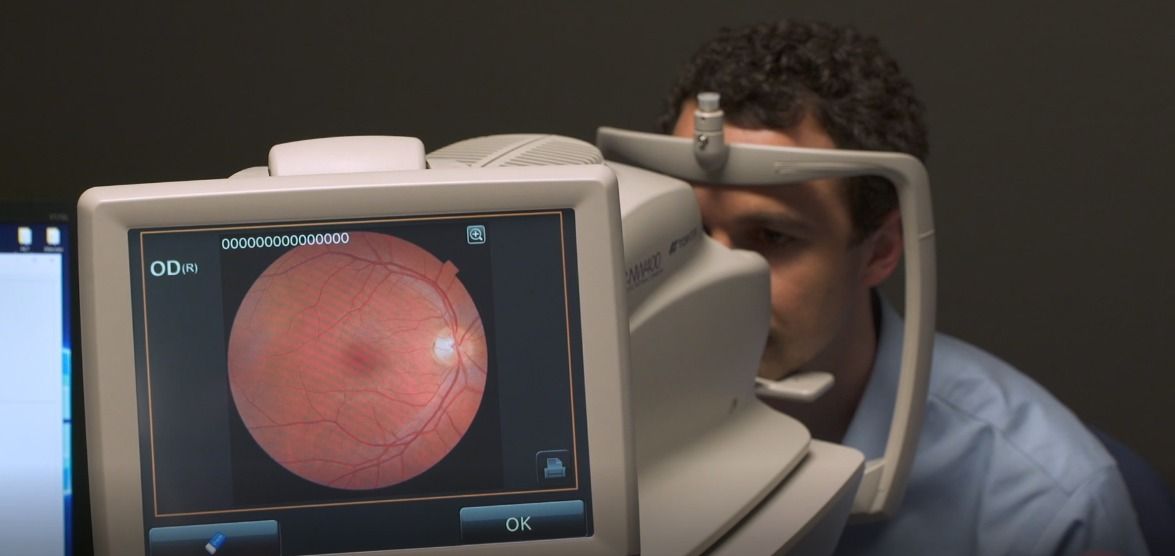We talk to Mark O’Connell about transhumanism, the evolution of the human species and his Wellcome Book Prize-shortlisted book To Be A Machine.



ESA’s Mars Express orbiter is getting a major software upgrade that will extend its service life for years to come. On Sunday, the space agency uploaded the update into the veteran deep space probe’s computers where it will remain stored in memory until a scheduled restart on April 16. If successful, it will take some of the burden off the aging gyroscopes used to keep the unmanned spacecraft’s vital high-gain radio antenna pointed at Earth.
As anyone who regularly uses digital devices can tell you, software updates are a way of life. It turns out that Mars orbiting spacecraft are no exception, with aging electronics that need new instructions to deal with worn out components after years of heavy use.
Mars Express is one of the oldest still-functioning missions to the Red Planet. Launched on June 2, 2003 atop a Soyuz-FG rocket from the Baikonur Cosmodrome, the orbiter arrived at Mars on December 25 of that year. Since then, it has spent 14 years revolving about Mars taking photographs and gathering a mountain of scientific data to send back to mission control in Darmstadt, Germany.

Marking a new era of “diagnosis by software,” the US Food and Drug Administration on Wednesday gave permission to a company called IDx to market an AI-powered diagnostic device for ophthalmology.
What it does: The software is designed to detect greater than a mild level of diabetic retinopathy, which causes vision loss and affects 30 million people in the US. It occurs when high blood sugar damages blood vessels in the retina.
How it works: The program uses an AI algorithm to analyze images of the adult eye taken with a special retinal camera. A doctor uploads the images to a cloud server, and the software then delivers a positive or negative result.





Artificial intelligence is being used for a dizzying array of tasks, but one of the most successful is also one of the scariest: automated surveillance. Case in point is Chinese startup SenseTime, which makes AI-powered surveillance software for the country’s police, and which this week received a new round of funding worth $600 million. This funding, led by retailing giant Alibaba, reportedly gives SenseTime a total valuation of more than $4.5 billion, making it the most valuable AI startup in the world, according to analyst firm CB Insights.
This news is significant for a number of reasons. First, it shows how China continues to pour money into artificial intelligence, both through government funding and private investment. Many are watching the competition between China and America to develop cutting-edge AI with great interest, and see investment as an important measure of progress. China has overtaken the US in this regard, although experts are quick to caution that it’s only one metric of success.
Secondly, the investment shows that image analysis is one of the most lucrative commercial applications for AI. SenseTime became profitable in 2017 and claims it has more than 400 clients and partners. It sells its AI-powered services to improve the camera apps of smartphone-makers like OPPO and Vivo; to offer “beautification” effects and AR filters on Chinese social media platforms like Weibo; and to provide identity verification for domestic finance and retail apps like Huanbei and Rong360.

I have been watching this closely.
By.